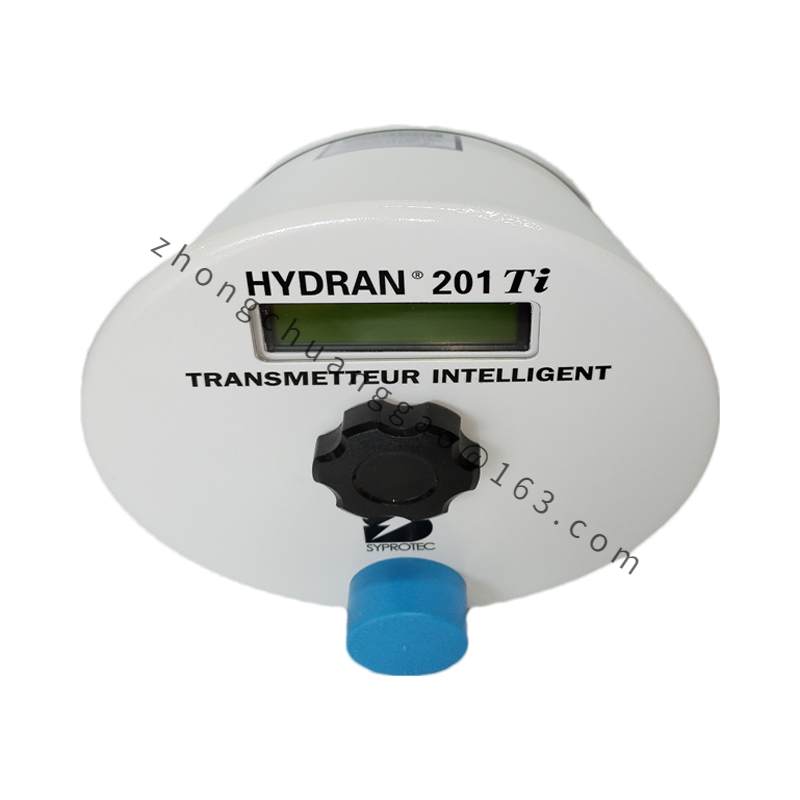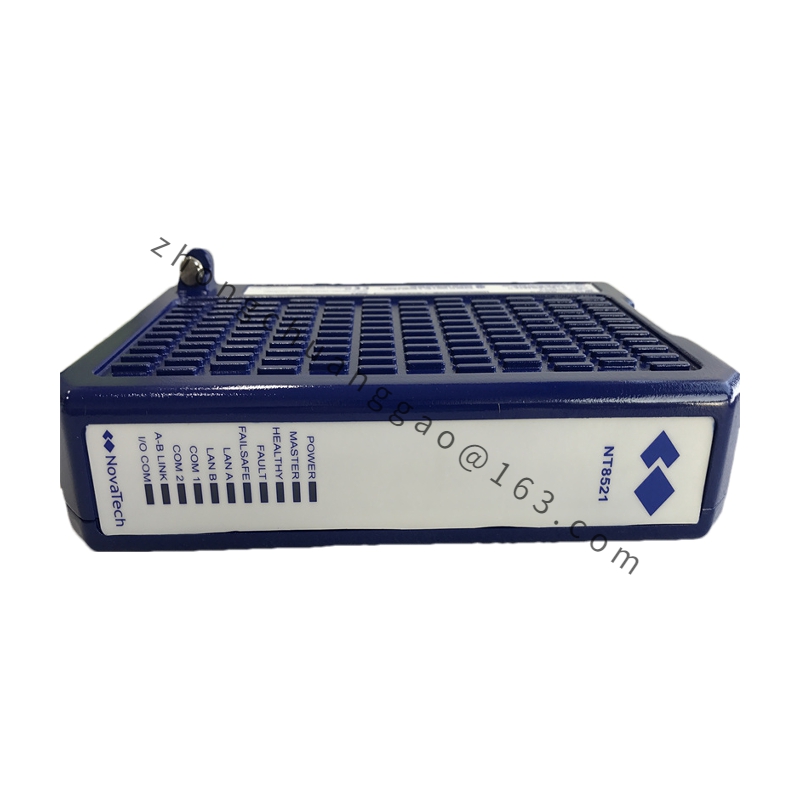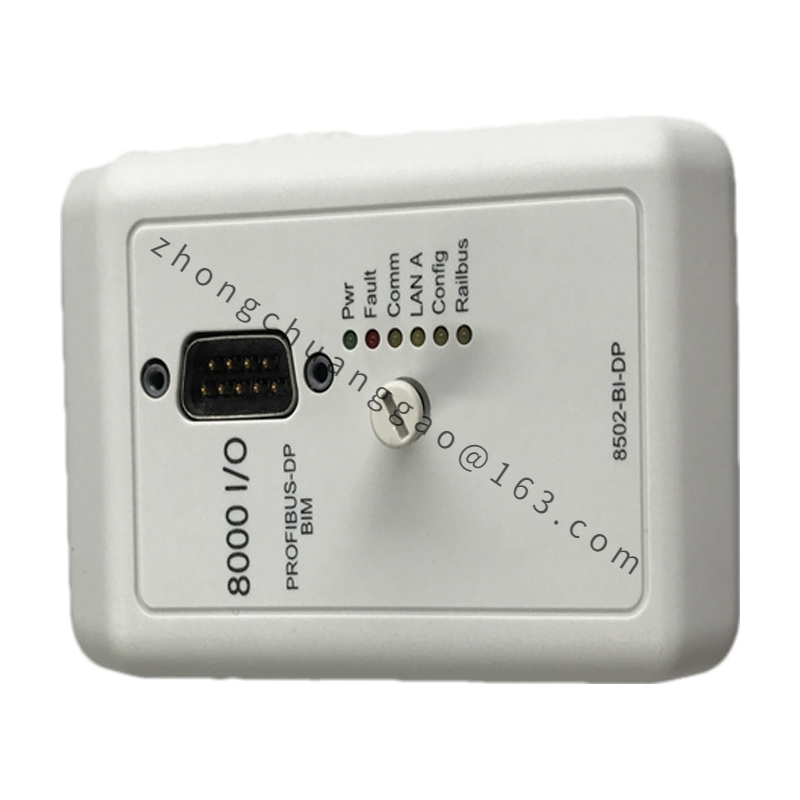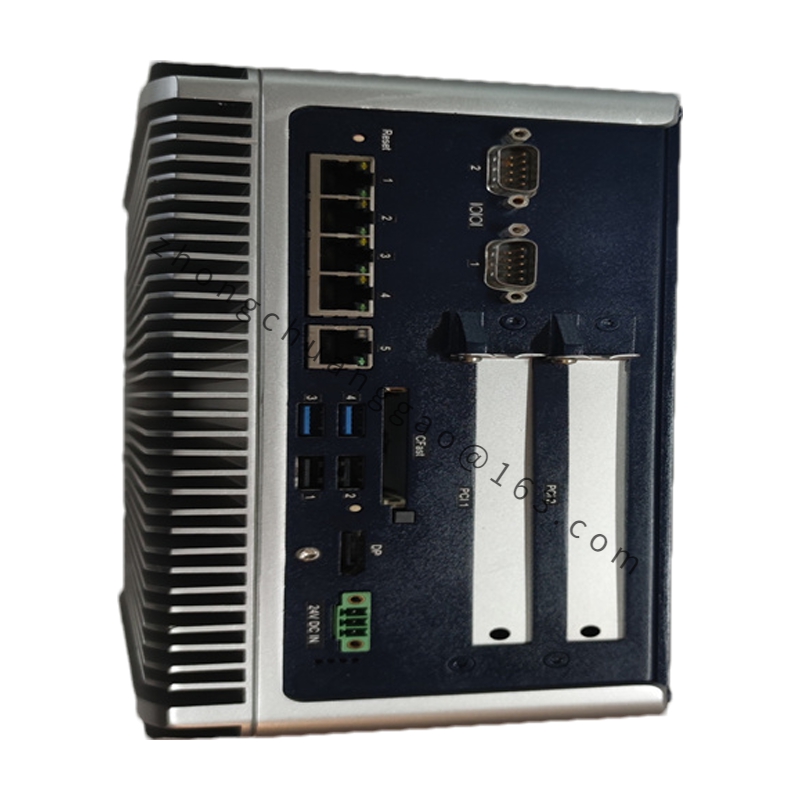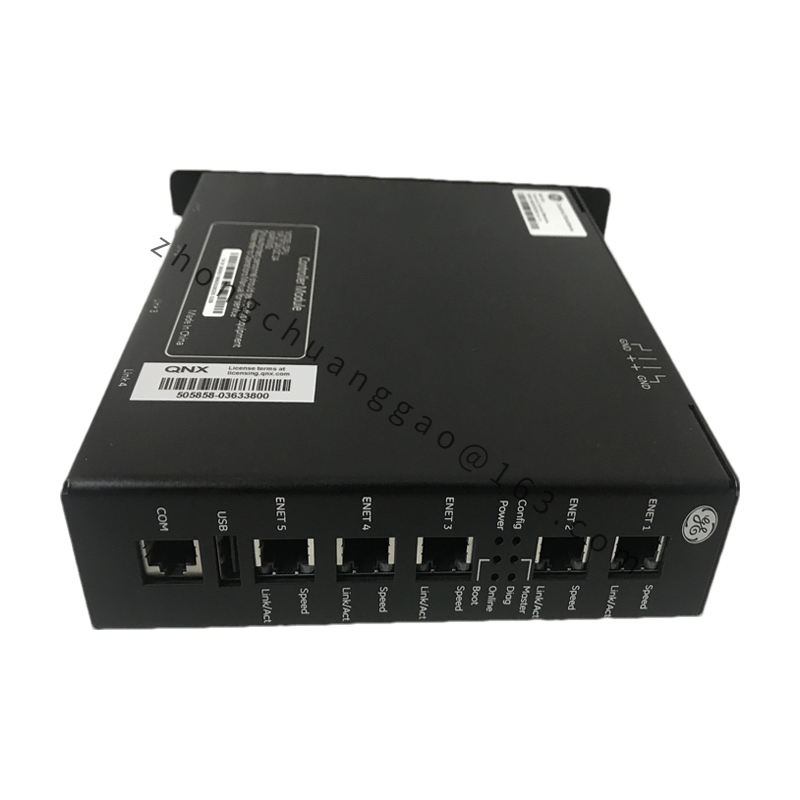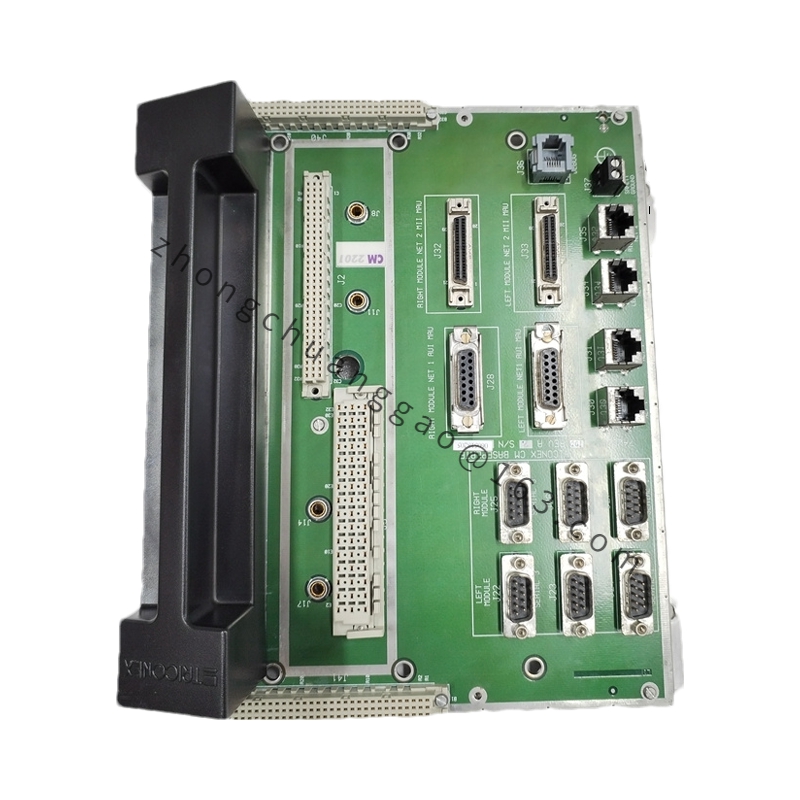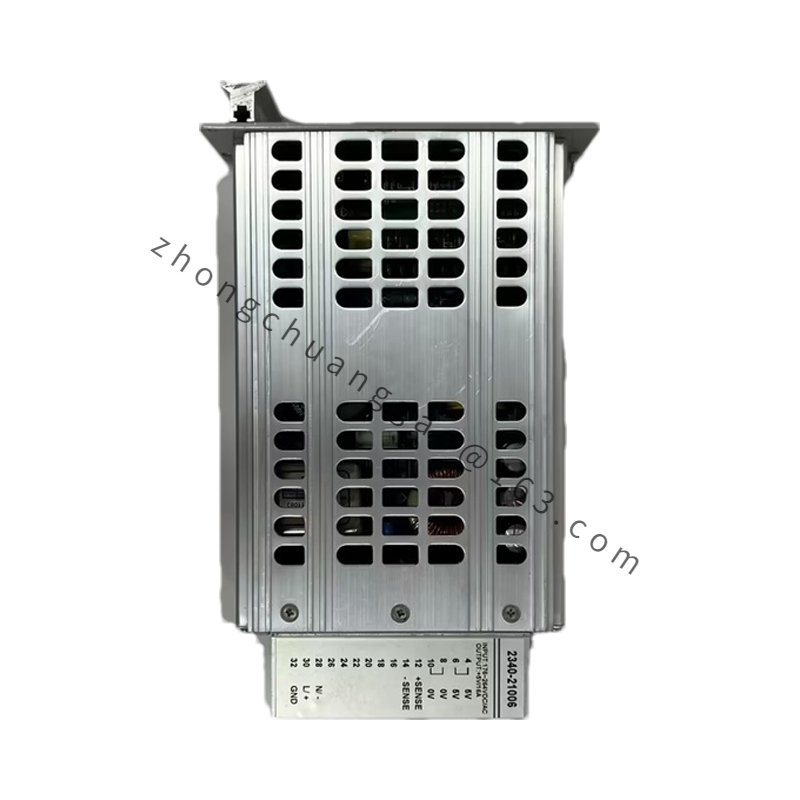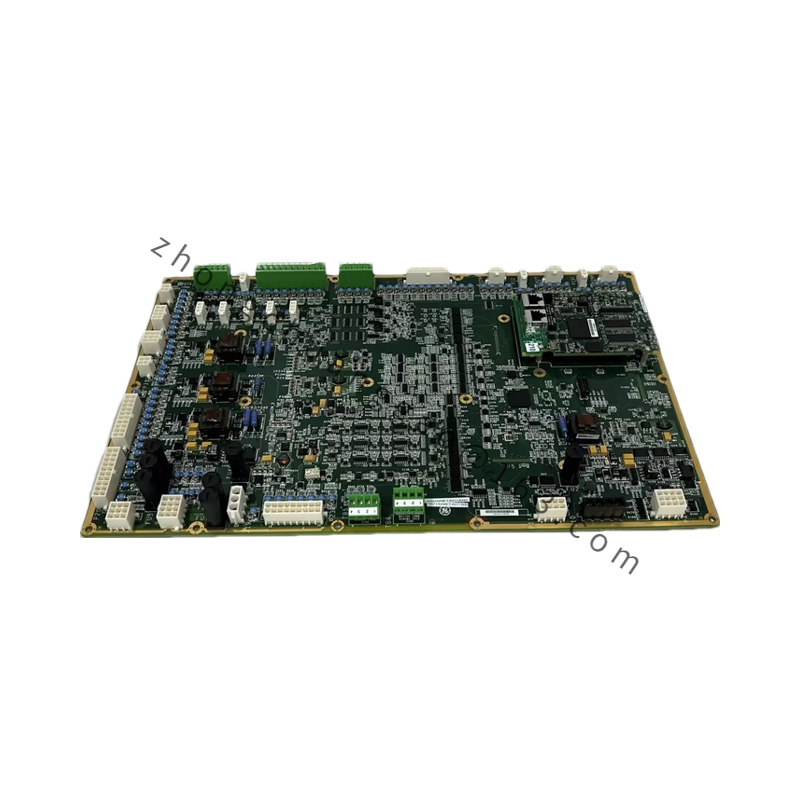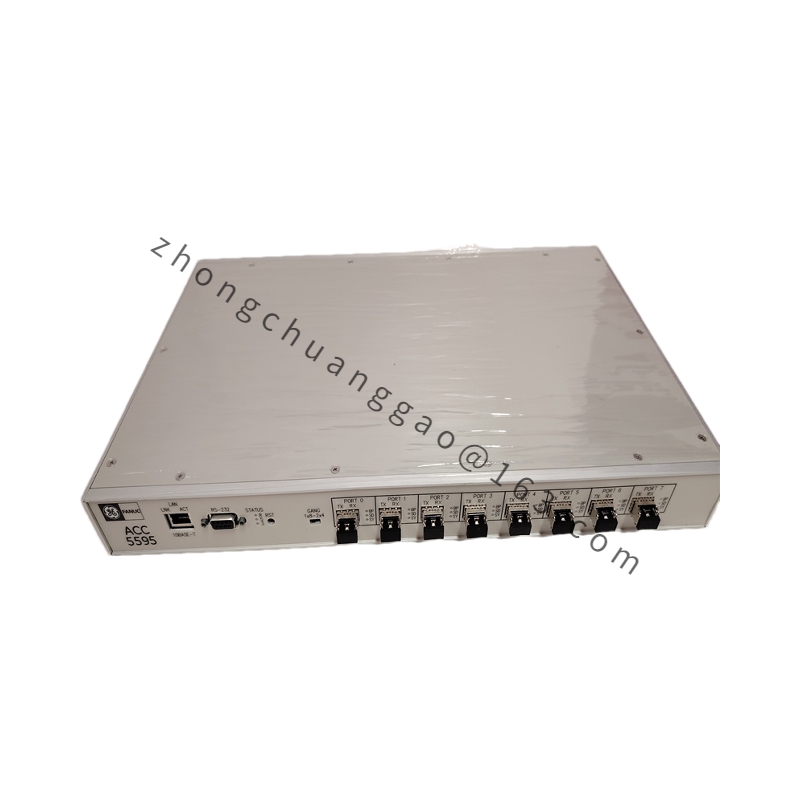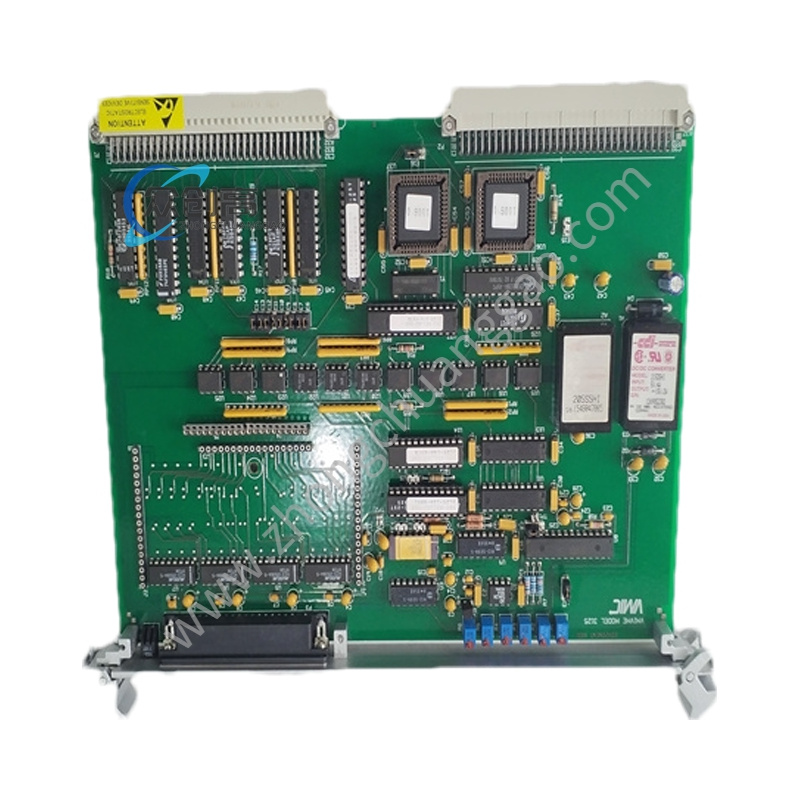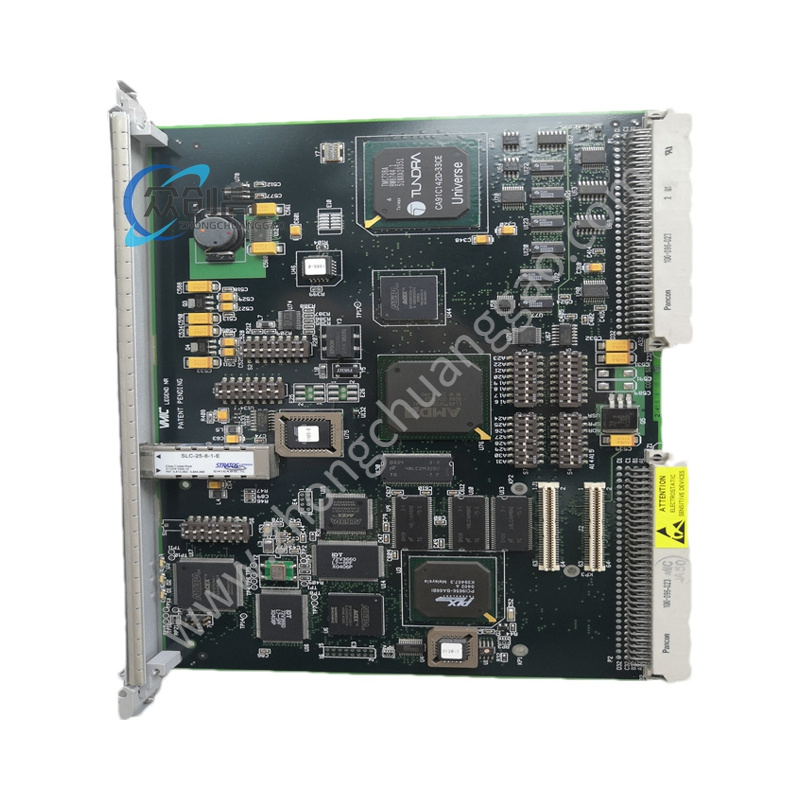Detailed content
Functional Characteristics:
Continuous Monitoring: H201Ti continuously monitors Dissolved Gas Analysis (DGA) in transformer oil, a crucial technology for predictive maintenance and transformer health monitoring.
Early Warning System: It provides early warnings of transformer faults, enabling timely detection and resolution of potential issues, thereby preventing major equipment damage and safety risks.
High Precision: Equipped with a standard HYDRAN® sensor, thermal regulation system, and a microprocessor-based electrical transmitter, H201Ti offers precise monitoring of gases such as hydrogen (indicative of general faults) and carbon dioxide (indicative of overheating paper insulation).
Easy Installation and Maintenance: The monitor features simple installation without requiring complex steps or tools. It also has convenient connections for AC power, alarm contacts (for high gas levels, critical high gas levels, and system faults), and supervisory links, making maintenance straightforward.
Remote Monitoring Capability: H201Ti supports both local and remote alarms, which can be set at predefined levels or rates of change. It communicates via serial ports, allowing remote access to gas readings and trends.
Data Recording: The device has the capability to store up to one year of local data and significant event logs, aiding in fault analysis and trend identification.
Adaptability: It can be adapted to various working environments and transformer types, connecting directly to the transformer’s dissolved gas monitoring valve via brass adapters.
Application Scenarios:
GE H201Ti is primarily used in the power industry, specifically for transformer monitoring. It is an essential tool for maintaining the stability of electrical power systems by providing real-time monitoring of fault gases in transformers. The continuous monitoring and early warning capabilities enable maintenance teams to promptly address potential issues before they escalate into more severe faults, reducing unplanned downtime and enhancing the overall reliability of the power grid.

